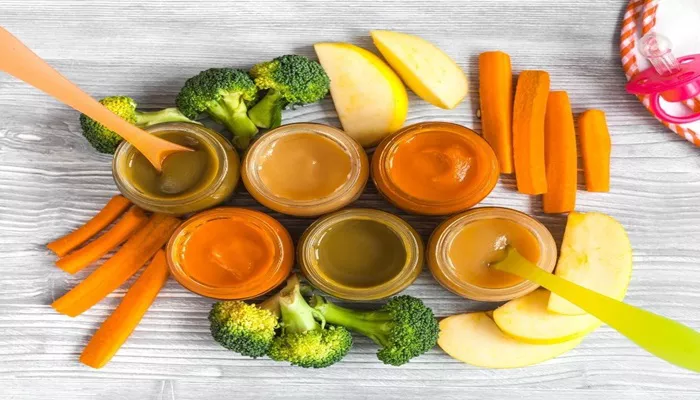Having your wisdom teeth removed is a common dental procedure that many people experience during their late teens or early adulthood. While it’s important to follow your dentist’s or oral surgeon’s aftercare instructions, one of the most frequently asked questions is about when it’s safe to start eating solid food again. This article will provide detailed guidance on what to expect after the surgery and when you can return to your regular diet.
When Can I Eat Solid Food After Wisdom Teeth?
After the removal of wisdom teeth, your body goes through several stages of healing. The recovery process can vary from person to person, but there are general timelines that most patients can expect.
1. The First 24 Hours: Focus on Soft Foods and Fluids
Immediately after the surgery, your mouth will be numb from anesthesia, and you may experience some bleeding. During this initial period:
Eat Soft Foods: Stick to soft foods like applesauce, yogurt, or smoothies. These foods are easy to consume without requiring much chewing.
Stay Hydrated: Drink plenty of fluids, but avoid using straws. Sucking can dislodge the blood clot forming in the extraction site, leading to a painful condition known as dry socket.
Avoid Hot Foods: Hot foods and beverages can irritate the surgical sites, so it’s best to wait until the numbness wears off to eat anything warm.
2. Days 2 to 3: Gradually Introducing More Variety
As your swelling begins to decrease and discomfort starts to lessen, you can slowly introduce a few more food options:
Continue with Soft Foods: Soft foods remain the safest choice. Foods like mashed potatoes, pudding, and scrambled eggs can provide nourishment without putting stress on your healing gums.
Monitor for Pain: If you experience pain while eating, return to softer options and give your mouth more time to heal.
see also: What Foods Help Heal Wisdom Teeth?
3. Days 4 to 7: Moving Toward Semi-Solid Foods
By the end of the first week, many patients feel ready to transition to semi-solid foods:
Start Adding Semi-Solid Foods: Foods like oatmeal, pasta, and well-cooked vegetables can be introduced. Ensure they are soft and easy to chew.
Chew Carefully: Chewing should be done gently. Use your front teeth to chew food, as the back area may still be sensitive.
4. After One Week: Evaluating Comfort Levels
Around the one-week mark, most patients feel significantly better. However, individual recovery times can vary:
Listen to Your Body: If you feel comfortable, you can start reintroducing more solid foods. Options like soft breads, cooked grains, and tender meats can be added to your diet.
Avoid Certain Foods: Steer clear of hard, crunchy, or chewy foods, as they can irritate your gums or get lodged in the extraction sites. Foods like popcorn, nuts, and hard candies should be avoided.
What to Watch For
As you transition back to solid foods, pay attention to how your body responds:
Pain or Discomfort: If you experience increased pain or swelling after eating, it may be a sign that you need more time before resuming solid foods.
Signs of Infection: Look out for signs of infection, such as persistent swelling, severe pain, or a bad taste in your mouth. If you notice these symptoms, contact your dentist immediately.
General Guidelines for Eating After Wisdom Teeth Removal
1. Start Slow
When you do start eating solid foods, begin with small portions. This allows you to gauge how your body is reacting.
2. Chew on the Opposite Side
If possible, chew food on the opposite side of your mouth from where the surgery occurred to minimize pressure on the healing sites.
3. Maintain Good Oral Hygiene
While you should avoid brushing the extraction site for the first few days, maintaining good oral hygiene is crucial. Rinse your mouth gently with warm salt water starting 24 hours after surgery to help keep the area clean.
4. Follow Your Dentist’s Advice
Every patient’s recovery is unique. Always adhere to the specific guidelines provided by your dental professional. They know your individual case best and can give tailored advice.
Conclusion
In summary, the timeline for returning to solid foods after wisdom teeth removal typically starts with soft foods for the first 24 hours, progressing to semi-solid foods around a week post-surgery. Listen to your body and consult your dentist if you have any concerns during your recovery. By following these guidelines, you can ensure a smoother and more comfortable recovery process. Remember, taking care of your oral health is essential, not just for healing, but for your overall well-being.
Related topics:

